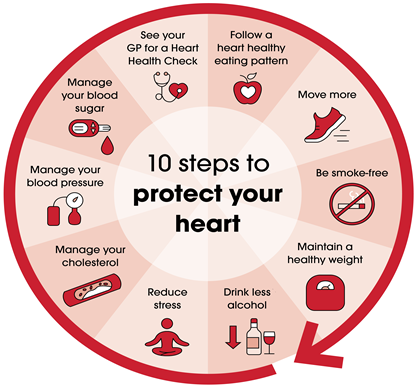Exploring the Impact of News Consumption, Social Media, and Device Access on Mental Health in Adults and Children

The present era bombards us with attention-grabbing headlines that evoke unease. The war, climate change, and the economy dominate the news cycle, instilling anxiety within us. Seeking respite, we turn to social media, indulging in curated content showcasing travel, food, and design, hoping for relief from the stress. Yet, we fail to recognize that this constant influx of information, regardless of its nature, overwhelms us, exacerbating our anxiety.
As adults, we have learned to regulate and filter the emotions and thoughts arising from our daily information intake. However, more individuals find themselves overwhelmed today than ever before. A study conducted by the American Psychiatric Association in late 2022 revealed that 37% of Americans rated their mental health as fair or poor, a significant increase from the previous year’s 31%. If adults experience such distress, what about our children?
This leads me to the concern regarding our children and how they navigate amidst our current state of affairs. The pandemic has subjected them to an overload of information, coupled with the constant upheaval of their routines due to school closures. The Surgeon General aptly described mental health as the “defining public health crisis of our time” and made it a mission to address this crisis, which is shaping an entire generation.
A recent report from the CDC highlighted alarming statistics, revealing a rise in emergency department visits associated with mental health diagnoses such as anxiety, eating disorders, and depression. Healthcare professionals are calling for action to prevent, identify, and address these issues in our youth before they reach a critical stage. I wholeheartedly support this approach, as it will allow us to allocate the necessary resources to improve educational infrastructure, enhance access to care, and develop effective programs.
However, above all else, we must acknowledge that early access to devices and social media contributes to the culmination of challenges we witness in preteens and teenagers today. Should we consider limiting their access? A groundbreaking global study conducted by Sapien Labs, involving over 27,000 young adults, revealed that the later a young adult receives a smartphone, the better their mental well-being in adulthood.
Much research on child brain development emphasizes the formation of neural pathways, the connections within the brain established through sensory stimulation during early stages. While it may be convenient to hand a mobile device to a child upon request, excessive screen time can potentially rewire these connections, leading to disrupted sleep patterns and diminished creativity, as indicated by a Harvard study.
I observed this phenomenon in my own children after limited screen time during their toddler years, witnessing the subsequent disruptions in their sleep patterns. Social media also plays a significant role, extending beyond device usage and time spent. A survey conducted on behalf of the OnOurSleeves initiative by Nationwide Children’s Hospital in Columbus revealed that 7 out of 10 parents believe that image editing and filtering apps negatively impact their children’s body image.
The Surgeon General recently released a report, urging greater action from the tech community in safeguarding our children’s data. The report also emphasizes the importance of families developing plans for “tech-free” times. While devices, technology, and social media offer numerous benefits, their detrimental effects on the developing brains of our children contribute to the current mental health crisis. We are witnessing the cumulative impact of over a decade of social media exposure, and it is imperative that we make individual and collective decisions on how to respond.
As adults, we can rely on our personal experiences to develop habits that prioritize our mental well-being. However, our children do not possess the same luxury.


